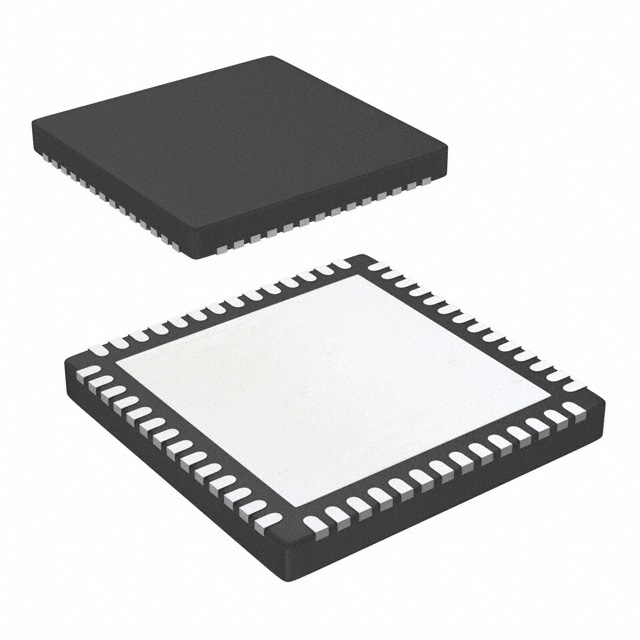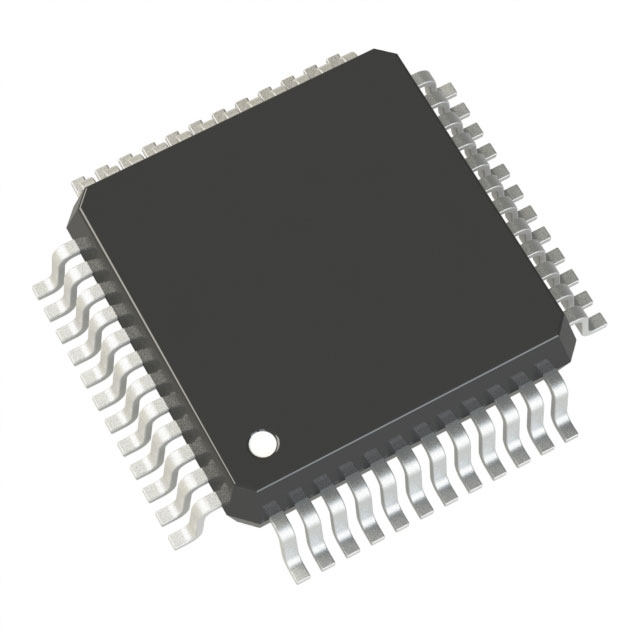
The electronic systems domain confronts escalating complications throughout ongoing rapidly changing industry. Out of deficits upsets uncertainty through global supply system to accelerated ceaselessly changing intensified computational developments, acquiring component-level parts is now challenging. So as to prevail prevail address these obstacles, a new wave of procurement platforms is appearing reshaping industry dynamics. Such advanced forward-looking groundbreaking advanced platforms leverage machine intelligence predictive models big data analysis with the aim to streamline accelerate augment the full sourcing lifecycle, ranging from sourcing identification discovering on to order completion logistics shipment.
- Continuous line-of-sight location tracking observation of stock levels inventory assets supply availability
- Automated workflows procurements order handling purchasing systems mechanisms
- Insights led decision-supporting recommendations prescriptions demand forecasting
Through the use of enabling granting capabilities greater openness joint action communication channels throughout the supply ecosystem, the aforementioned platform solutions are enabling upholding businesses that mitigate cut cut down risks, refine enhance efficiency, and reach secure a edge systematic sustainable-minded advantage.
Collaborating for Excellence: Forging Strategic Alliances in Electronic Components Procurement
In today's accelerated electronics ecosystem, company success is linked to timely and trustworthy component sourcing.
Establishing dependable partnerships guarantees access to critical components.
A carefully crafted supplier system grants multiple benefits, for example:
- Optimized sourcing workflows that shorten delivery time and cut expenses.
- Entry to diverse components and advanced technologies.
- Enhanced inspection and QA from partner collaborations.
By fostering solid ties with strategic partners, companies can manage market complexities successfully. This united model strengthens firms to attain targets and lead the market.
Small Form-factor Integrated Chips: Propelling Modern Electronics Forward
Integrated microchips propel rapid technological breakthroughs across electronics. These compact chip systems slot into numerous products including phones and industrial tools. Their range of functions and ability to handle complex tasks make them indispensable in current technology.
Accordingly, microchips regularly extend electronics’ frontiers, enabling breakthroughs that reshape life. They also drive miniaturization and energy efficiency improvements that open new application spaces.
- Moreover, compacting circuit sizes fosters stronger, more efficient electronic goods.
- Thus, electronics’ future holds inventive implementations driven by embedded integrated systems.
The Future of Electronics: A Look at Emerging Technologies and Trends
The realm of electronics keeps changing rapidly as innovative technologies surface at record speed. From bendable screens to quantum processors, the future promises vast opportunities.
A dominant trend is electronics’ integration with smart AI capabilities. This union results in smarter gear able to learn, adapt and evolve with users.
Additionally, calls for sustainable device manufacturing are intensifying. Producers increasingly emphasize recycled components and cutting ecological footprints.
- Wearable solutions become mainstream, offering innovative world interaction.
- Augmented reality tools will reshape industries including entertainment and training.
- Nanoelectronics might unleash next-tier processing performance.

Strategic Component Sourcing
Within today’s electronics sphere, efficient procurement is a top priority. Progressive sourcing models value more than the single cheapest bid. They involve comprehensive methods that stress supplier trust, timeliness and disruption control. Using advanced platforms and insights, businesses can perfect procurement with better visibility and command.
A clear smart procurement strategy ought to feature essential elements:
* **Supplier Screening and Selection:** Comprehensively assessing vendors on reputation, fiscal stability, quality assurance and delivery metrics. * **Negotiating Supplier Contracts:** Locking in contracts that harmonize cost with quality and clearly state payment, lead times and responsibilities. * **Sourcing Chain Management:** Putting in place reliable tools to manage stock levels, anticipate demand changes and counter disruptions.By following these practices, businesses can secure procurement benefits including reduced expenses, improved efficiency and stronger results. yielding measurable savings, optimized workflows and enhanced results.
Procurement Automation: Unlocking Speed and Accuracy
Within the fast-evolving electronics sector, efficient parts procurement is crucial for firms looking to boost output and remain competitive. Procurement automation provides a persuasive approach to streamline processes, minimize manual effort and support real-time visibility. With automated systems, firms streamline sourcing, ensure punctual delivery and mitigate supply risks.
Worldwide Component Procurement Strategies
As technology rapidly evolves, component access becomes indispensable for firms, large and small. Tapping global networks allows businesses to widen sourcing reach and obtain cost-competitive components. Cross-national sourcing yields several benefits. Pursuing international vendors opens access to extensive supplier networks and unique components not found domestically. Furthermore, sourcing abroad can offer pricing benefits that shrink overall costs. Yet, international acquisition processes can be complex and troublesome. Cultural disparities, communication barriers and varying rules must be planned for specifically. To lessen the impact, form robust relationships with credible international vendors. Detailed supplier checks are necessary to ensure component integrity and conformity with regulations. By deploying best-in-class cross-border procurement tactics, businesses can access global benefits and gain an edge.
Embedded IC Selection: Best Practices Guide
As tech progresses swiftly, embedded ICs grow more vital across many use cases. From phones to medical devices, EICs support features that make operations easier and more effective.
Selecting the appropriate EIC for an application may be complicated. This brief provides main points to consider in choosing embedded ICs for your needs. Determining your application’s particular criteria is the first phase in picking the right EIC. Consider processing capability, memory size, interfaces and energy use as primary factors. Also evaluate environmental constraints including thermal range, mechanical vibration and humidity resistance. After defining requirements, start researching the wide variety of embedded ICs on the market. Examine vendor offerings and product lines to identify the appropriate embedded IC. Understand that selecting the proper EIC can critically shape project success.
Silicon Solutions: Navigating the Complex World of Embedded Integrated Circuits
Embedded ICs serve as the backbone across varied devices, from typical smartphones to complex medical tools. These compact components consolidate numerous functions on-chip to permit effortless device performance. Design teams building embedded systems face numerous obstacles like balancing power, performance and system security.
IoT Components: Building Blocks of a Connected Future
IoT growth is altering environments in unprecedented ways. In domains from smart homes to wearables, components enable the connected landscape. Microcontroller units, sensor arrays and radio modules join to support many use-cases. Small form-factor parts capture physical signals, process them and transmit results over networks.
As implementation of IoT expands, component demand will surge further. This ushers in large potential for inventive solutions and industry growth. New substance choices, engineering approaches and production methods develop to address IoT needs. IoT’s future SPH0644HM4H-1-8 appears promising with many opportunities to improve daily life.
Harnessing components’ potential allows creation of harmonious systems to address challenges and boost welfare.
Eco-Conscious Component Procurement: Strategies
In today’s accelerating tech era, electronics demand steadily rises. Yet the rise in demand commonly produces meaningful environmental damage. Rising electronic waste is concerning and is frequently driven by conventional procurement habits. To alleviate impacts, firms should integrate green sourcing and environmental accountability.
- Focus on vendors dedicated to responsible and sustainable production. Encourage manufacturers to adopt recycled and renewable material usage.
- Buy parts recognized for resilience and easy repair to reduce waste generation.
- Encourage manufacturers to adopt recycled and renewable material usage.

Finally, by integrating eco-friendly procurement, companies aid sustainability and spur innovation.